Complete Solutions to Illustration of chapter CARBOXYLIC ACIDS AND THEIR DERIVATIVES of Class 12 book with complete answers and questions
| Class 12 | CHEMISTRY |
| Chapter | CARBOXYLIC ACIDS AND THEIR DERIVATIVES |
| CENGAGE CHEMISTRY | Illustration |
| Number Of Questions | 27 |
| Academic Year | 2023-24 |
(a) What is glacial acid and why is it called so ?
(b) What is vinegar and how is it prepared ?
( c) The experimentally determined (by colligative properties method) molecular weight of acetic acid in the vapour state is `120`. Explain why.05:50View Solution(a) Write the resonance structure of `RCOOH`.
(b) Why is `(C-O)` bond shorter in `RCOOH` than in `ROH`02:27View SolutionConvert Benzene to Adipic Acid.
01:45View SolutionExplain the following :
(a) In gaseous phase, the acidic characters of the following are :
`CH_3 CH_2 COOH (I) gt CH_3 COOH (II)`01:47View SolutionExplain the following :
Highly branched acids such as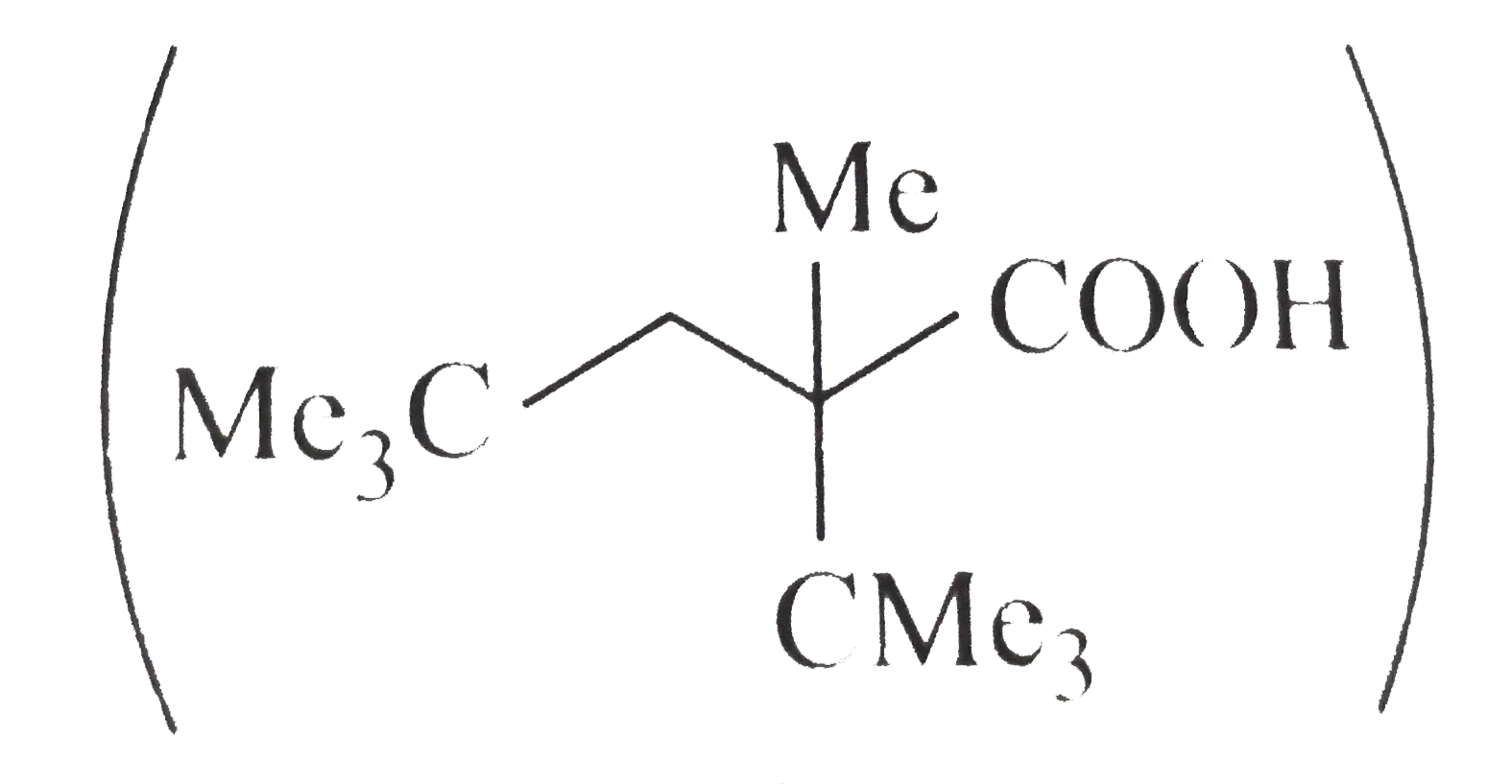 are less acidic than unbranched acids. 02:19View Solution
are less acidic than unbranched acids. 02:19View Solution
Convert 1-chlorobutane (A) to valeric acid `(B)`.01:58View SolutionCan we store Copper sulphate solution in iron vessel?
01:27View Solution
(a)
Identify (C)02:01View SolutionComplete the following the following missing reagents :
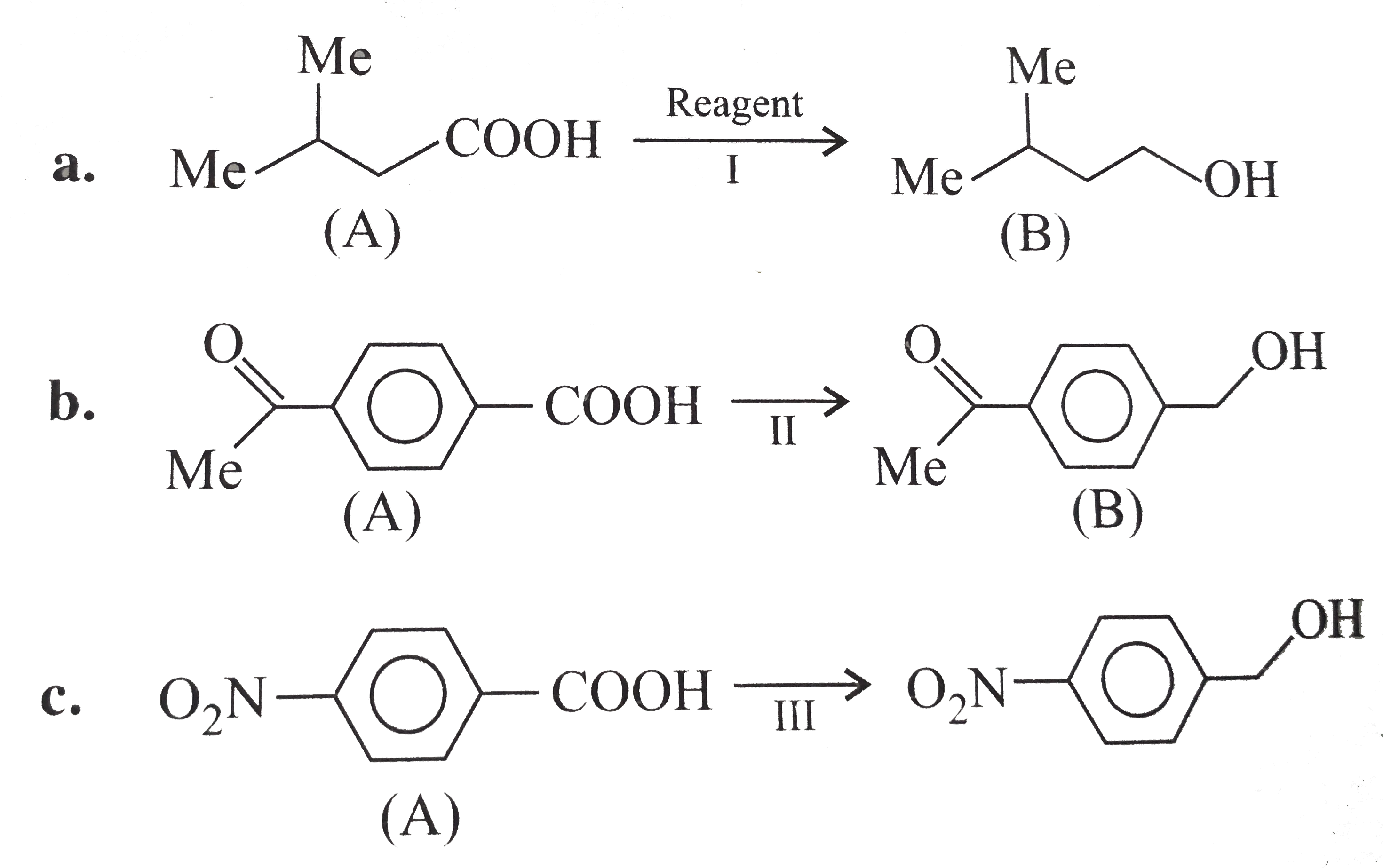
(b) 01:55View Solution
01:55View Solution(a) Write the reaction of `RCOOH` with `conc.H_2 OS_4` forming two possible cations.
(b) Give the relative stabilities of the cations.02:15View SolutionComplete the following reactions and explain the formation of the products.
(a) `HCOOH overset (Conc. H_2 SO_4) rarr`
`CH_3 COOH overset (Conc. H_2 SO_4) rarr`
( c) 03:07View Solution
03:07View SolutionCalculate the `Delta T_f` (depression in freezing point) of `0.4 m` solution of `CH_3 COOH` in benzene solution. `K_f = x K kg mol^-1`.
01:15View SolutionGive the decreasing order of ease of decarboxylation of the following acids on heating with soda lime.
(I) `CH_3 COOH`
(II)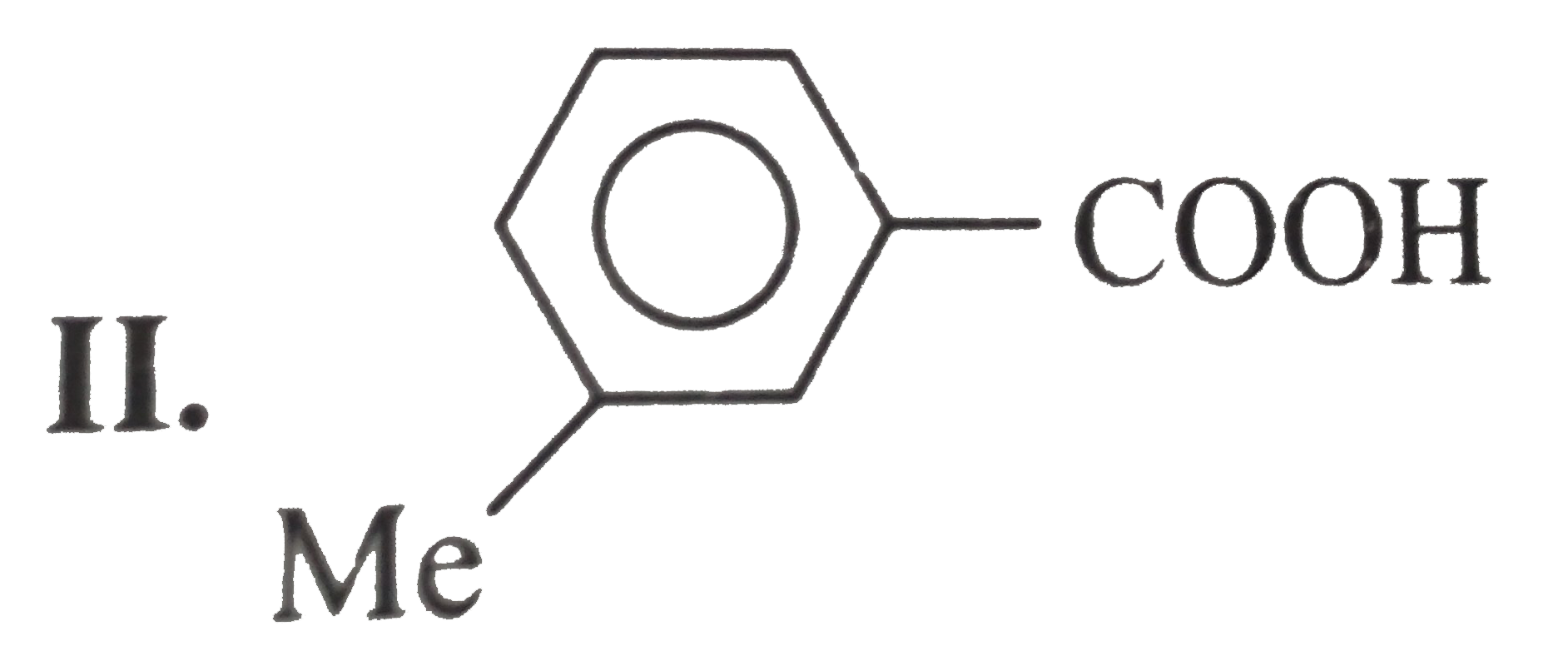
(III) `Cl_3 C - COOH`.02:08View SolutionHow do the following react when heated and when treated with concentrated `H_2 SO_4` :
(i) `HCOOH` and (ii) `(COOH)_2` ?01:22View SolutionComplete the following reactions :
 03:17View Solution
03:17View Solution(a) Write the resonance structure of carboxylic acid derivative `(R-underset(O)underset(||)(C)-G)` and account for the stability and electrophilic character of the `(C=O)` group.
(b) Why is the `(C-G)` bond in the acid derivative shorter and stronger than the `(R-G)` bond in alkyl derivative ?02:18View Solution(a) Why is `DMF` (dimethyl formamide) a useful solvent ?
(b) Why is formyl chloride unstable ?02:12View SolutionComplete the reaction:
 02:06View Solution
02:06View SolutionROOR'+H2O(HCl)→RCOOH+R'OH
What type of reaction is this ?02:05View SolutionGive the Claisen ester condensation product of ethyl butanoate.
02:12View SolutionWhich allotrope of Carbon is hardest natural substance and highest melting point.
01:58View SolutionIdentify `(C )` to `( E)` :
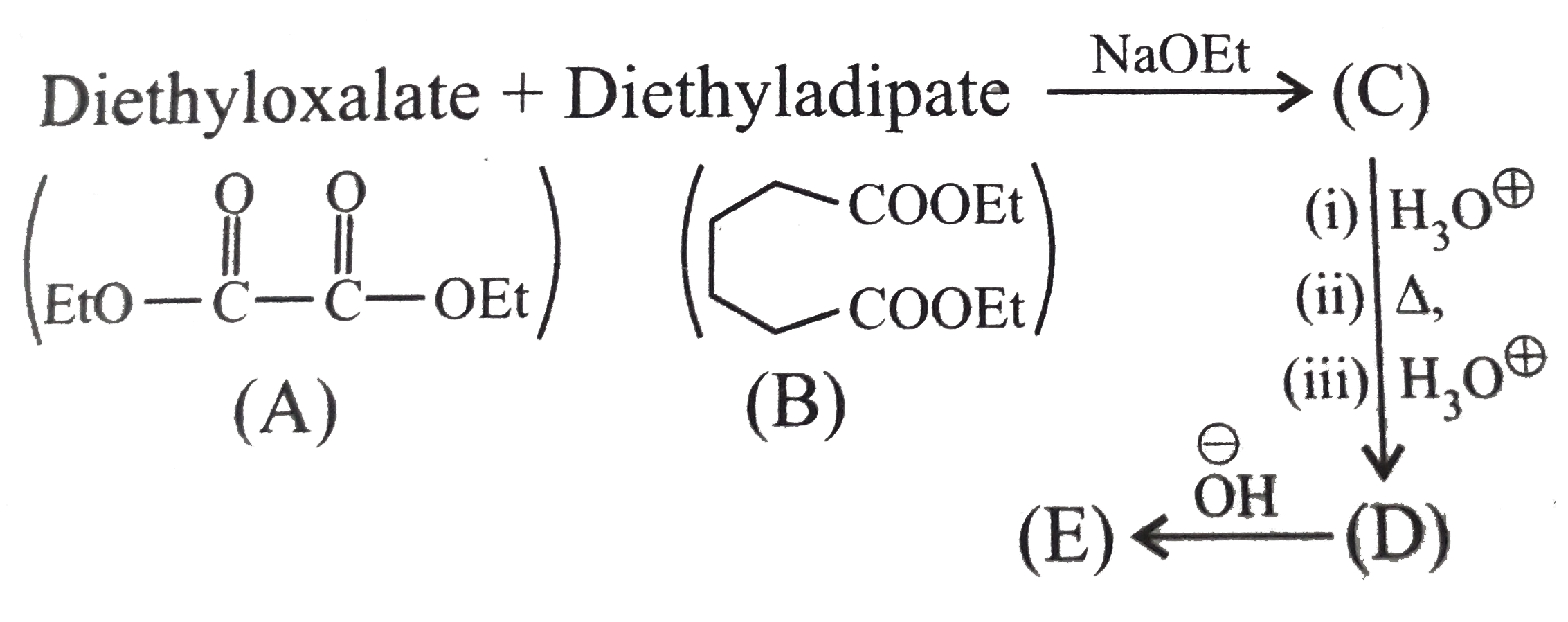 .04:24View Solution
.04:24View SolutionConvert the following :
(A) to (B)
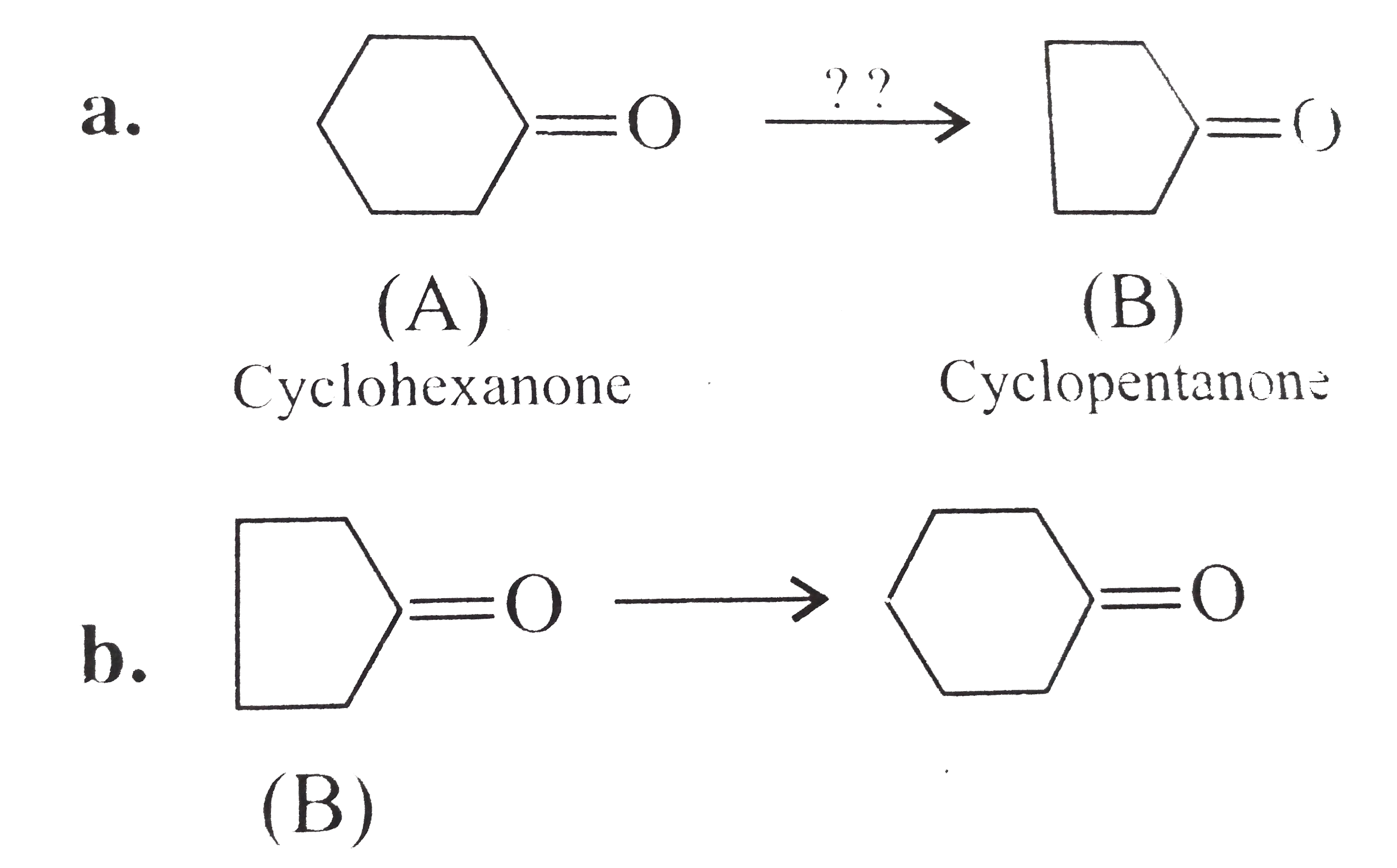 03:20View Solution
03:20View Solution(a) Why do acyl chlorides undergo nucleophilic attack more readily than alkyl chlorides ?
(b) What is hydroxamic acid test and which functional group is determined by this test ?02:49View SolutionComplete the following reactions :
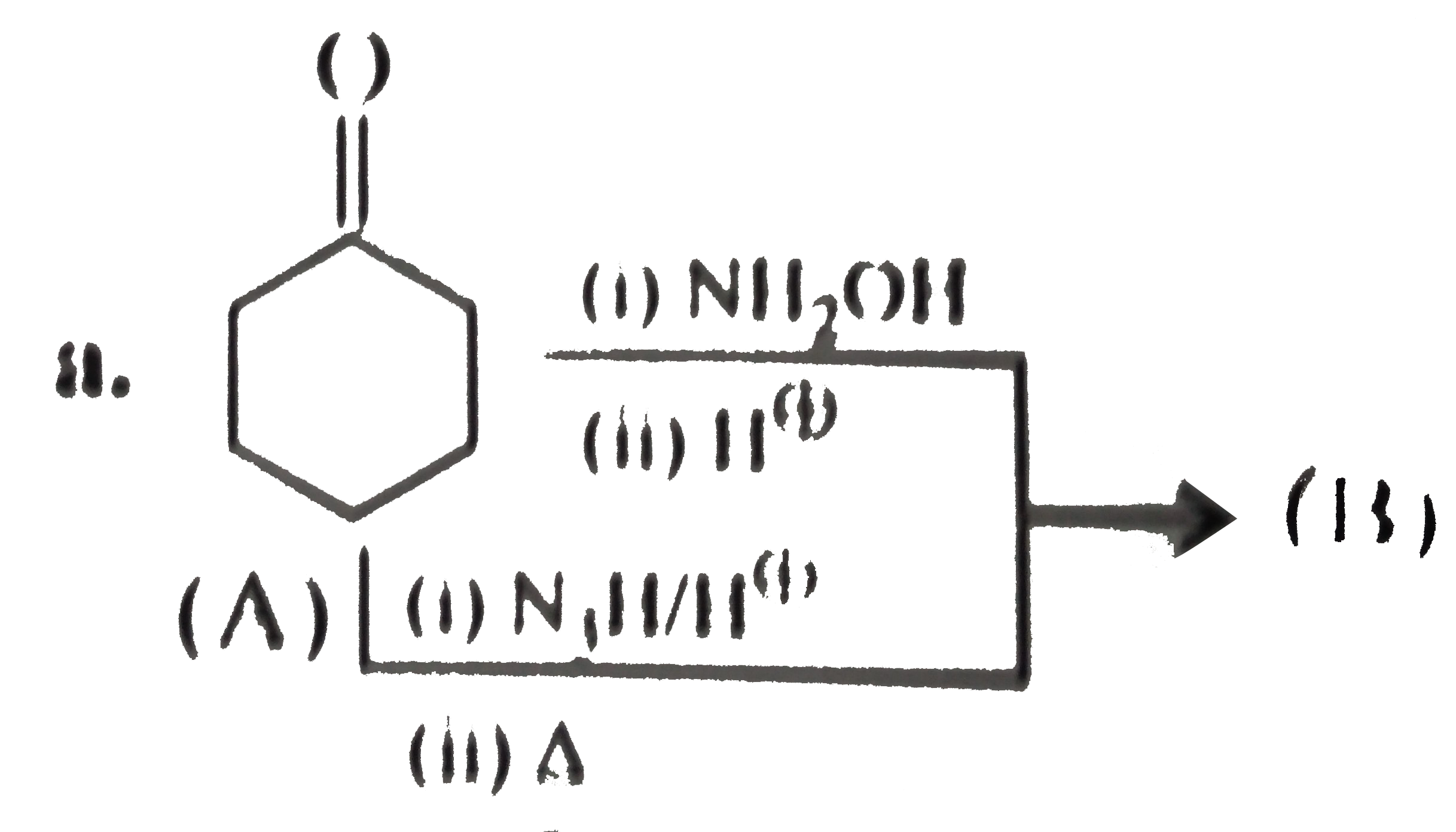 02:11View Solution
02:11View SolutionAluminothermic reaction is exothermic. True/False.
02:23View SolutionComplete the following reaction :
 02:23View Solution
02:23View Solution
Illustration questions and complete solutions for chapter CARBOXYLIC ACIDS AND THEIR DERIVATIVES of CENGAGE CHEMISTRY (ENGLISH) of Class 12
All Exercises from CENGAGE CHEMISTRY Class 12 CHEMISTRY CARBOXYLIC ACIDS AND THEIR DERIVATIVES
- Exercises (Assertion-Reasoning)
- Exercises (Linked Comprehension)
- Exercises (Multiple Correct)
- Exercises (Singlecorrect)
- Exercises (Subjective)
- Exercises Archives (Analytical And Descriptive)
- Exercises Archives (Assertion-Reasoning)
- Exercises Archives (Fill In The Blanks)
- Exercises Archives (Linked Comprehension)
- Exercises Archives (Multiple Correct)
- Exercises Archives (Single Correct)
- Exercises Archives (True/False)
- Illustration
- Solved Examples
